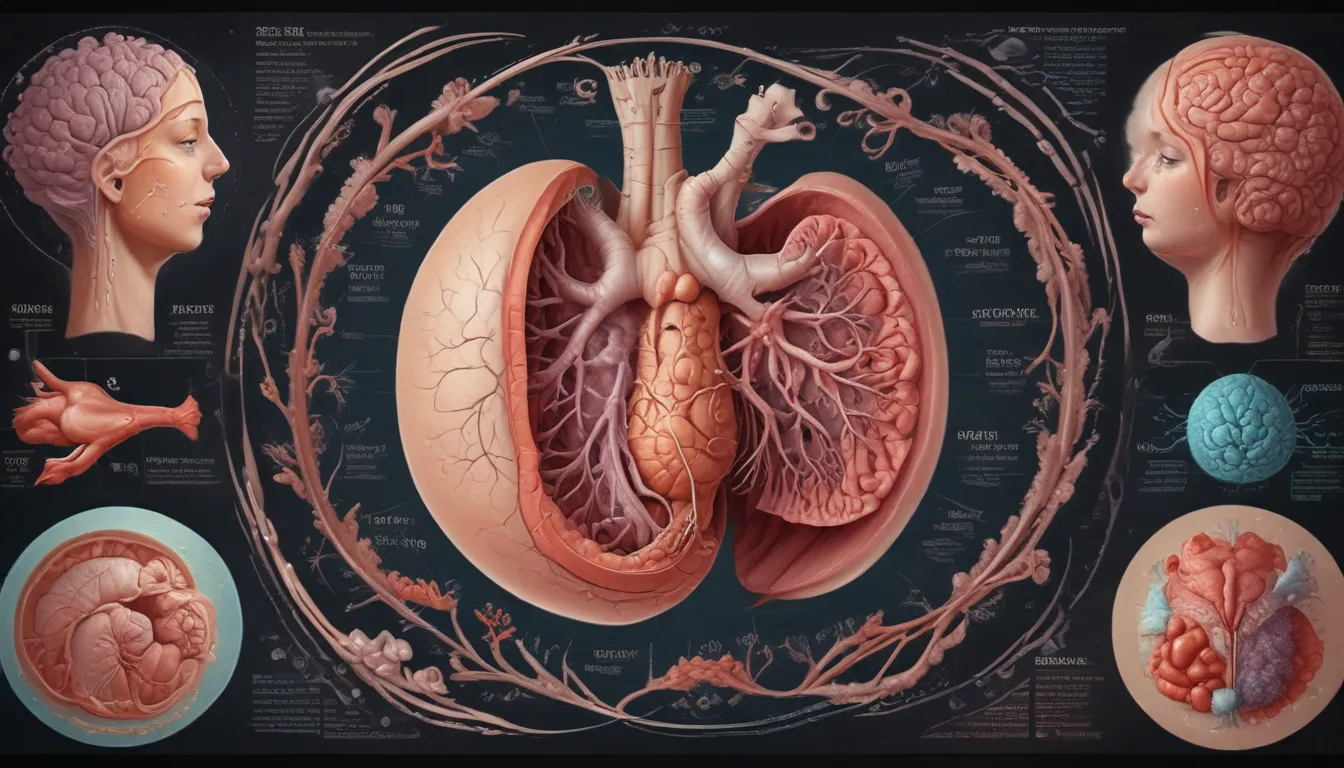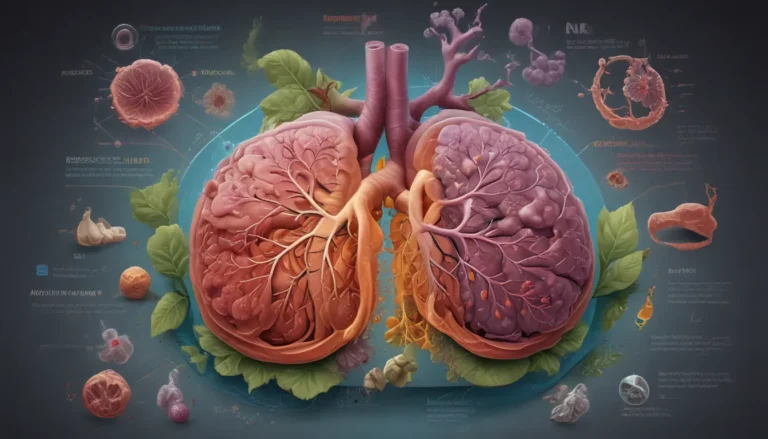A Note About Images: The images used in our articles are for illustration purposes only and may not exactly match the content. They are meant to engage readers, but the text should be relied upon for accurate information.
Embark on a journey into the captivating world of reproductive physiology, a field that unveils the intricate mechanisms behind the creation of life. The human body’s reproductive system is a marvel of nature, orchestrating a symphony of processes to ensure the continuity and sustainability of life. From the miraculous moment of conception to the awe-inspiring transformations during pregnancy, the journey of reproduction is nothing short of extraordinary.
Exploring the Female Reproductive System: A Complex Network
The female reproductive system is a work of art, comprising a complex network of organs, hormones, and processes that harmoniously work together to enable reproduction and sustain life. From the ovaries that release eggs to the uterus that provides a nurturing environment for a developing fetus, each element plays a pivotal role in the process of creation.
Sperm Survival: A Testimony to Resilience
Did you know that sperm can survive inside a woman’s reproductive tract for up to five days? This remarkable ability enhances the chances of conception, as sperm patiently await the opportune moment to fertilize an egg. The male and female reproductive systems, though distinct, share commonalities that are essential for the perpetuation of the human species.
- Female Orgasm: The clitoris, a highly sensitive organ, serves no reproductive purpose but is instrumental in enhancing sexual pleasure.
- Menstrual Cycle: A cyclical journey preparing the body for potential pregnancy by thickening the uterine lining in anticipation of implantation.
- Testes Location: The testes, located outside the body, maintain a cooler temperature crucial for optimal sperm production.
Empowering Insights into Fertility and Reproduction
Contrary to misconceptions, the size of the penis does not influence fertility; factors such as sperm count and motility determine reproductive health. The continuous production of millions of sperm cells daily from puberty onwards ensures a steady supply for potential fertilization. Additionally, the male and female reproductive systems, despite their differences, share significant similarities in structure and function, emphasizing the shared goal of procreation.
The Miracle of Pregnancy: Nurturing Life Within
The placenta, a vital organ that forms during pregnancy, plays a crucial role in supplying nutrients and oxygen to the developing fetus while safeguarding it from external threats. Though the female orgasm does not directly contribute to conception, it fosters emotional bonding and enhances sexual pleasure.
- Ovulation: A pivotal event where a mature egg is released for potential fertilization typically occurring once per menstrual cycle.
- Early Development: Reproductive organs begin forming during fetal development before gender is determined through complex genetic and hormonal interactions.
Reveling in the Marvels of Reproductive Physiology
From the intricate interplay of hormones to the miraculous processes that usher in new life, the realm of reproductive physiology is a spectacle to behold. The journey of reproduction unveils the beauty and complexity of our existence, underscoring the profound marvels of nature.
As we continue to delve into the mysteries of reproduction, our appreciation for the intricacies of life deepens. Armed with these awe-inspiring facts, you can contribute to enlightening discussions about the wonders of the human body and the miracle of creation.
Delve Deeper with Frequently Asked Questions
- Reproductive Physiology: The study of biological processes involved in life creation, including fertilization, pregnancy, and childbirth.
- Main Hormones: Estrogen, progesterone, FSH, LH, and hCG are key players in reproductive physiology.
- Fertilization: The union of a sperm cell and an egg resulting in the formation of a zygote typically occurring in the fallopian tubes.
Unravel the complexities of assisted reproductive technology, ethical considerations, and the role of reproduction in species survival by exploring our diverse array of articles. Your quest for knowledge and understanding in the realm of reproductive physiology is bound to be an enlightening and enriching journey.
Embrace Learning and Exploration
Our commitment to providing accurate and engaging content underscores our dedication to enriching your knowledge. Every fact shared on our platform is sourced from real users, ensuring a diverse and credible collection of insights. Trust in our pursuit of excellence as you navigate the vast landscape of reproductive physiology, fueling your curiosity and expanding your understanding of this extraordinary field.






